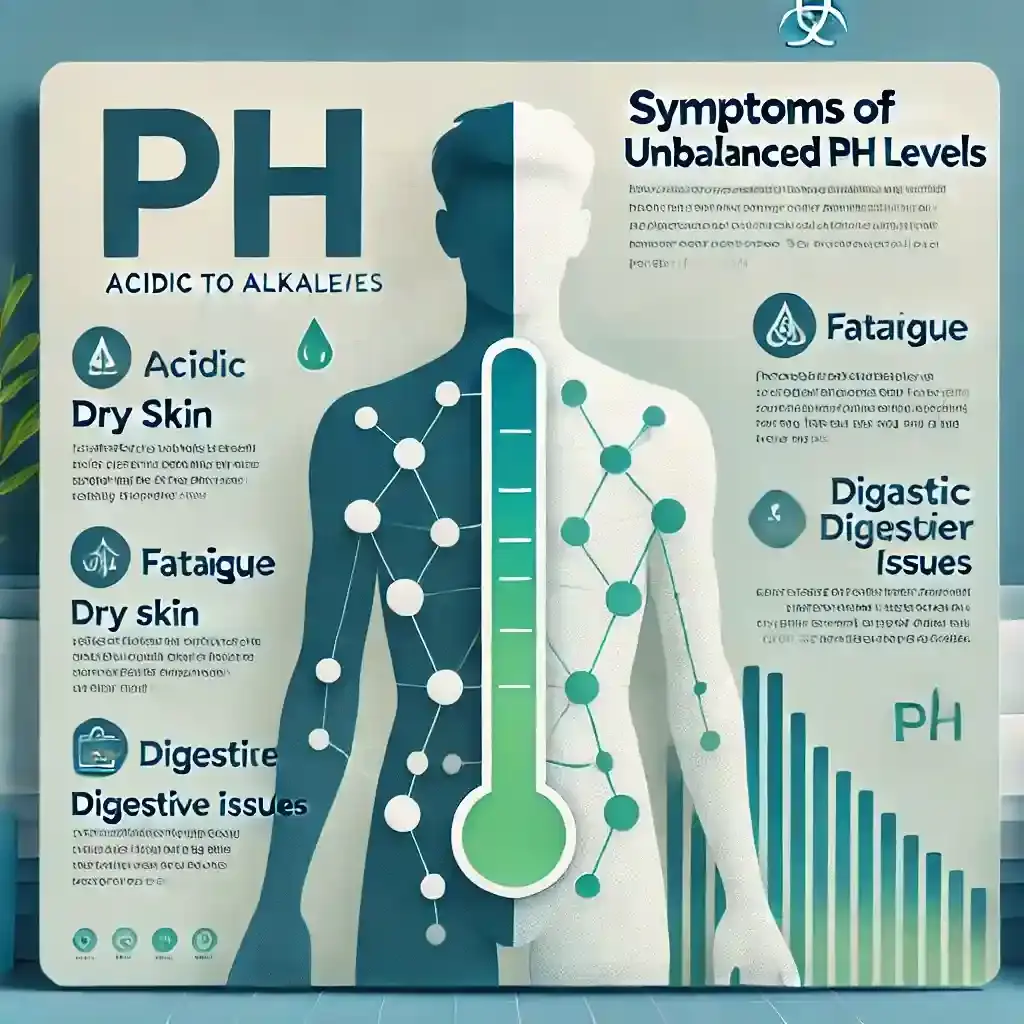|
Mast cell disease affects multiple systems. This overview shows how I cured mast cell disease using treatment, lifestyle shifts, and prevention steps, while explaining symptoms, recovery methods, and long-term management. |
What makes a condition so frustrating is not only the pain it brings but the confusion that surrounds it. Mast cell disease falls right into that category. Symptoms come and go, some mimic allergies, some resemble digestive problems, and others feel like random attacks from nowhere.
For many people, treatment feels like guesswork. This guide explores how mast cell disease can be managed, treated, and stabilized for recovery. The focus is not on promises but on showing real steps toward stability, control, and a better life.
How I Cured Mast Cell Disease: Understanding the Condition
Mast cells are part of the immune system, designed to protect the body against invaders. When they release chemicals like histamine, the body reacts with inflammation or allergic-type symptoms. That’s normal. The problem begins when these cells become hyperactive, releasing too much, too often. That overreaction leads to mast cell activation disorder or mast cell activation syndrome (MCAS).
This is not a simple allergic reaction. It is a chronic mast cell disease that can affect nearly every system of the body. Some people only face skin flare-ups. Others develop digestive pain, headaches, or even sudden episodes of anaphylaxis.
Surveys indicate a majority belief among millennials that food intolerances are far more common today, but mast cell disorders are on a different level. They need a structured medical evaluation, not guesswork.
Common points to understand about mast cell disease:
-
It can exist as systemic mastocytosis, where mast cells build up in organs.
-
It can appear as mast cell activation syndrome, where mast cells release substances too easily.
-
Both can be mistaken for other conditions like irritable bowel syndrome or allergies.
One 2023 publication estimated that mastocytosis affects 10 to 23 per 100,000 people, which means it’s rare, yet often misdiagnosed. Another finding published in a peer-reviewed journal suggested that up to 17 percent of people in some groups may have MCAS-like symptoms. These numbers show the wide gap between diagnosed cases and people still looking for answers.
Evidence-Based Mast Cell Disease Treatment Options
Mast cell disease treatment isn’t about finding one magic pill. It’s about building layers of control, medication, monitoring, and steady routines. Doctors call it a “stepwise” approach. It means you start simple, test results, and move forward only when needed.
The first goal is to calm the cells. When mast cells stop dumping histamine and tryptase too easily, the body slowly returns to balance. Here’s how the treatment path usually flows.
Stage 1: Antihistamines – The Foundation
Doctors begin with H1 and H2 antihistamines.
-
H1 blockers like Cetirizine (Zyrtec) or Fexofenadine (Allegra) reduce itching, flushing, and hives.
-
H2 blockers such as Famotidine (Pepcid) or Ranitidine lower acid and stomach discomfort.
Many patients combine both for full coverage. It’s safe and effective when taken regularly.
Expert Tip: Combining H1 + H2 antihistamines has shown a 40–60 % reduction in symptom intensity in chronic histamine-mediated disorders
If symptoms still linger, doctors may add another layer.
Stage 2: Mast Cell Stabilizer Medications
This is where Cromolyn Sodium or Ketotifen enters. Cromolyn works well for gut issues. Ketotifen helps with swelling and skin redness. Both act by keeping the mast cells calm, preventing chemical release before it begins.
These stabilizers don’t act overnight. It usually takes 2–3 weeks to notice real improvement. Patience is the key.
Studies show cromolyn can improve gastrointestinal MCAS symptoms by up to 60 % in a small clinical cohort/
Stage 3: Xolair (Omalizumab) – The Advanced Add-On
Xolair is an injectable biologic. It blocks IgE, the antibody responsible for many allergic reactions.
Originally designed for asthma, it now helps with mast cell activation syndrome treatment too.
Patients with repeated anaphylactic reactions often show dramatic improvement within months. Doctors adjust doses based on weight and severity.
Stage 4: Targeted Therapies (TKIs)
For systemic mastocytosis, targeted drugs such as Midostaurin and Avapritinib address the KIT D816V gene mutation that drives abnormal mast cell growth.
-
Midostaurin (Novartis) and Avapritinib (Blueprint Medicines) are both FDA-approved for advanced systemic mastocytosis.
-
They significantly improve survival and organ function when monitored by specialists
Stage 5: Emergency and Rescue Plan
No matter how stable life feels, every patient must carry an Epinephrine auto-injector (EpiPen).
It’s not optional. Sudden exposure to a trigger, perfume, insect bite, or heat, can lead to anaphylaxis.
Quick use of Epinephrine saves lives.
Doctors also teach patients to recognize the earliest signs: dizziness, rapid heartbeat, or throat tightness. Immediate action prevents hospitalization.
Quick Reference Table
|
Treatment Stage |
Common Drugs |
Purpose |
Notes |
|
First Line |
H1 + H2 antihistamines |
Reduce histamine effect |
Non-sedating options preferred |
|
Second Line |
Cromolyn, Ketotifen |
Stabilize mast cells |
Cromolyn for gut; Ketotifen for skin |
|
Third Line |
Xolair injections |
Block IgE activity |
Useful for severe allergy symptoms |
|
Advanced |
TKIs (Midostaurin, Avapritinib) |
Target genetic mutation |
For systemic mastocytosis |
|
Emergency |
Epinephrine |
Reverse anaphylaxis |
Always carry on your person |
Each stage builds upon the previous one; never jump ahead without medical supervision. That’s how proper mast cell disease management works in real practice.
Daily Habits That Reinforce Mast Cell Disease Recovery
Medicine is half the story. The other half happens at home. Small daily decisions decide how stable your mast cells remain.
1. Food Discipline: The Low Histamine Diet Plan
Histamine isn’t just in your body. It’s in your meals too. When mast cells are already sensitive, even small amounts of histamine intake can cause big reactions. Switching to a low-histamine diet for mast cell disease often changes everything within weeks.
Avoid:
-
Fermented foods (soy sauce, vinegar, yogurt)
-
Aged cheese or processed meats
-
Alcohol, especially red wine and beer
-
Leftovers stored too long
Eat more:
-
Fresh chicken, rice, leafy vegetables, apples, pears
-
Herbs like parsley or basil (natural antihistamine properties)
Keep a food diary. One client once found that removing tomato sauce alone cut her hives in half. That’s how personal this journey can be.
2. Gut Repair Techniques
A healthy gut plays a major role in controlling inflammation and supporting your immune balance.
If digestion is weak or irregular, mast cell disease symptoms can worsen.
Add probiotics and prebiotics gradually, drink enough water, and avoid unnecessary antibiotics.
Doctors sometimes add DAO enzyme supplements, which help your body break down excess histamine naturally.
3. Stress Management
Stress hormones like cortisol and adrenaline can trigger mast cells directly.
Try techniques such as:
-
4-7-8 breathing (inhale 4, hold 7, exhale 8)
-
Light yoga or stretching after waking
-
Journaling before bed to calm the mind
It doesn’t need to be perfect. Consistency matters more than intensity.
4. Environment Adjustments
Make small but firm changes:
-
Avoid perfumes, incense, and chemical cleaners.
-
Wear light cotton instead of synthetic fabrics.
-
Keep a “trigger-free zone” at home, no aerosol sprays or air fresheners.
People often underestimate this. But environmental triggers are behind almost 30 % of daily flare-ups, according to patient surveys.
5. Rest and Routine
Stable sleep resets immune activity.
Keep your room cool, dark, and quiet.
Sleep at fixed hours. It trains your body to balance inflammatory hormones.
Even weekend late nights can undo progress made during the week.
This might sound boring, but it’s how long-term mast cell disease recovery actually begins.
Long-Term Mast Cell Disease Management & Prevention
Control is not a one-time event. It’s a pattern. Over time, your body learns stability.
1. Identifying and Tracking Triggers
No two patients react the same. Some flare up from sunlight. Others from spicy food or stress. The trick is to document. Maintain a trigger journal: what you ate, what you felt, what changed. Digital apps like MySymptoms or even Google Sheets work fine.
2. Regular Medical Monitoring
See your immunologist or haematologist twice a year. Ask for tryptase level checks and medication review. If you’re on TKIs, keep liver and blood count tests updated. Early adjustments keep you out of emergencies.
3. Holistic & Natural Treatment for Mast Cell Disease
Natural support works best with medicine, not instead of it.
Some safe options include:
-
Quercetin: a plant bioflavonoid that reduces histamine release.
-
Vitamin C: helps degrade histamine faster.
-
Probiotics: improve gut balance and immunity.
Always take these under medical guidance. Many natural products can still trigger reactions if purity is poor.
Final Thoughts
Managing mast cell disease is a journey, not a single solution. Progress often comes gradually; some days feel like steps forward, others like minor setbacks. While medications play a role, consistent attention to diet, stress management, sleep, and lifestyle habits can make a meaningful difference. Over time, flare-ups may become less frequent, and life can feel more manageable. Recovery isn’t about a miracle cure; it’s about persistence, patience, and adopting strategies that support long-term wellness. With the right approach, living well with mast cell disease is achievable.
अक्सर पूछे जाने वाले प्रश्नों
Can mast cell disease be completely cured?
Full cure is rare, but many achieve remission. With proper treatment, diet changes, and stress control, symptoms reduce and daily life becomes manageable.
What treatments are most effective for mast cell disease?
Antihistamines, mast cell stabilizers like cromolyn, and sometimes Xolair or tyrosine kinase inhibitors help. Doctors tailor combinations based on symptoms and patient response.
How long does mast cell disease recovery usually take?
Recovery varies. Some notice improvement in weeks with diet and medication, while others require months of careful monitoring before remission or symptom control appears.
Can natural treatment for mast cell disease support remission?
Yes. Low-histamine diets, supplements like quercetin, and stress management often help, but they must complement medical care, not replace prescribed mast cell disease treatments.
What lifestyle changes help manage mast cell activation syndrome?
Tracking food triggers, avoiding chemicals or fragrances, practicing stress relief, and keeping epinephrine handy are daily steps supporting mast cell disease management and recovery.
-User-1754380331.png)
लेखक





